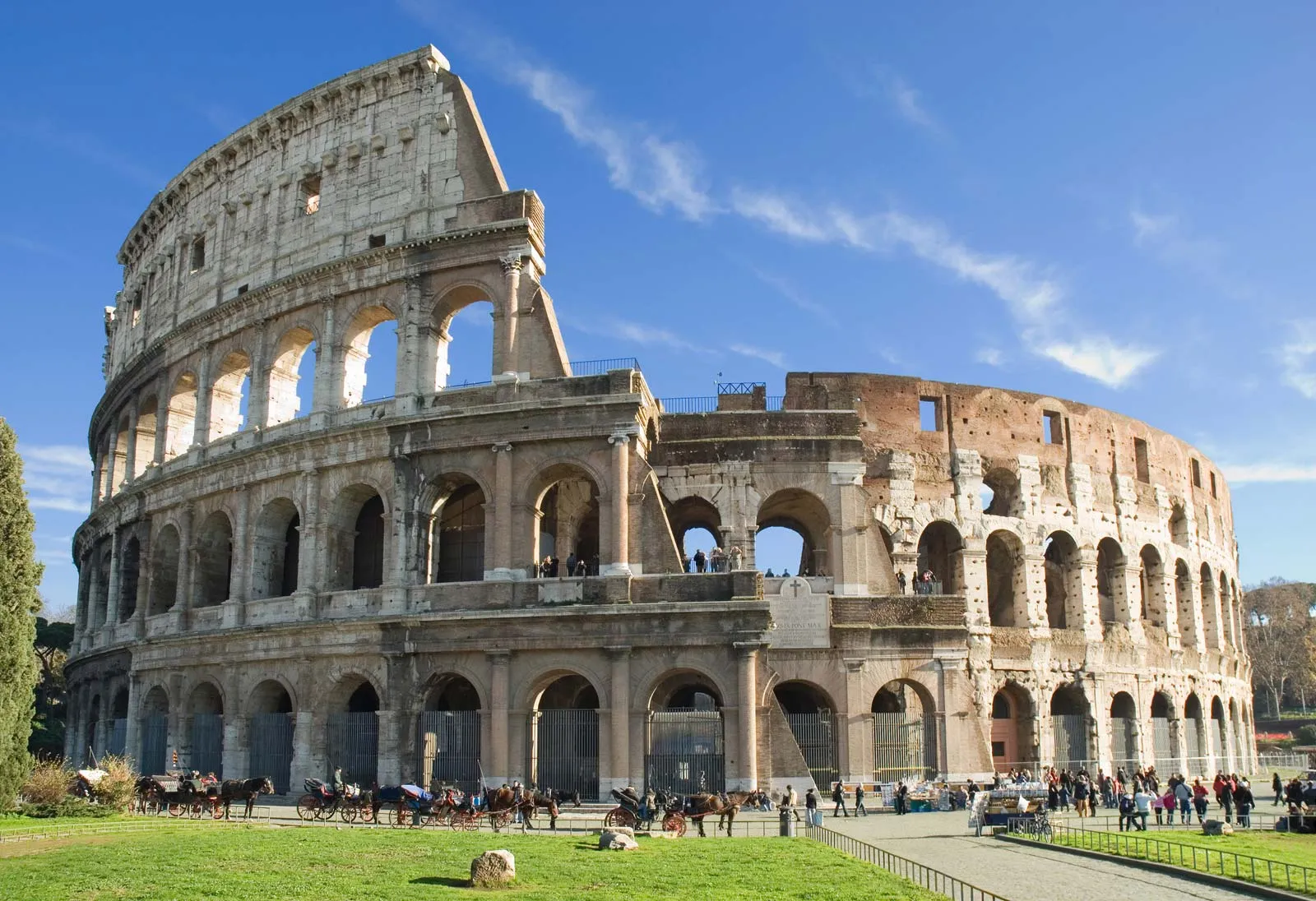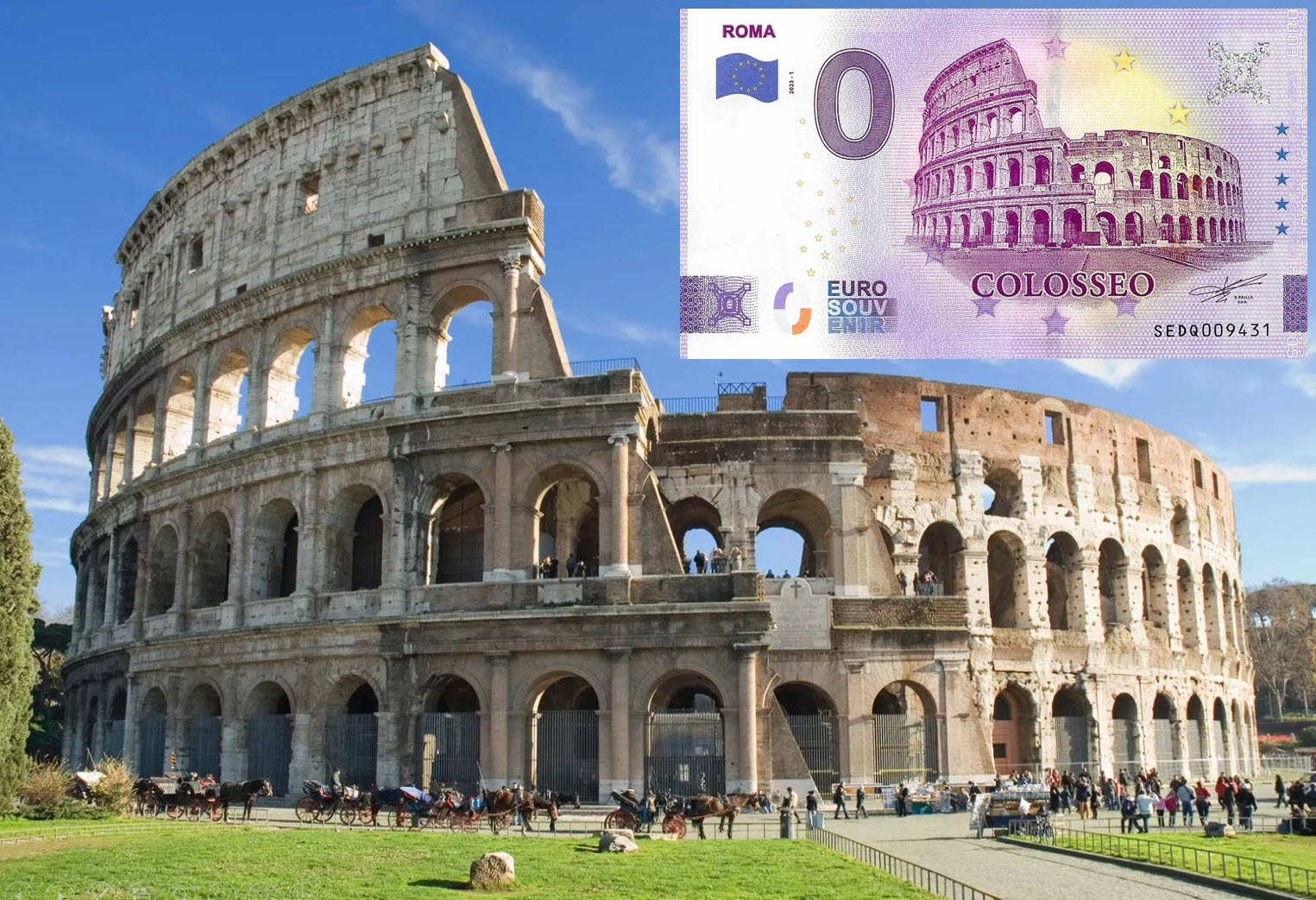 The Colosseum, also known as the Flavian Amphitheater, is one of the most iconic symbols of Ancient Rome and a wonder of the ancient world. Located in the heart of Rome, Italy, this monumental structure is not only the largest amphitheater ever built but also a symbol of Roman engineering, culture, and power. Today, the Colosseum is one of the most visited tourist attractions in the world, drawing millions of travelers eager to explore its history, architecture, and legacy.
The Colosseum, also known as the Flavian Amphitheater, is one of the most iconic symbols of Ancient Rome and a wonder of the ancient world. Located in the heart of Rome, Italy, this monumental structure is not only the largest amphitheater ever built but also a symbol of Roman engineering, culture, and power. Today, the Colosseum is one of the most visited tourist attractions in the world, drawing millions of travelers eager to explore its history, architecture, and legacy.
In this article, we’ll take a closer look at the Colosseum’s fascinating past, its architectural brilliance, and its enduring significance in modern times.
The History of the Colosseum
The Colosseum was commissioned by Emperor Vespasian of the Flavian dynasty around 70–72 AD and completed by his son Titus in 80 AD. It was originally built as a gift to the Roman people, symbolizing both entertainment and imperial power.
The amphitheater was primarily used for gladiatorial contests, public spectacles, mock sea battles, animal hunts, and dramatic performances. Historical records suggest that the opening ceremonies of the Colosseum lasted for 100 days, with thousands of gladiators and wild animals participating.
Over the centuries, the Colosseum endured several natural disasters, including earthquakes and fires, which damaged its structure. Despite this, it remained a central venue for Roman entertainment until the decline of the Empire. Later, during the Middle Ages, the Colosseum was repurposed as a fortress, quarry, and even a Christian shrine.
Architectural Brilliance of the Colosseum
The Colosseum is a masterpiece of Roman engineering and architecture, reflecting the advanced construction techniques of the time.
-
Size and Structure: The Colosseum stands approximately 48 meters (157 feet) high, with an elliptical shape measuring 189 meters long and 156 meters wide. It could accommodate between 50,000 to 80,000 spectators.
-
Materials: Built mainly of travertine limestone, concrete, and tuff, the Colosseum’s durability showcases the strength of Roman construction.
-
Design: The amphitheater features four levels of seating, designed according to the social hierarchy of Roman society. Senators and elites sat closest to the arena, while common citizens occupied the upper tiers.
-
Arena: The central arena measured 83 by 48 meters and was covered with sand (“arena” means sand in Latin). Beneath it lay the hypogeum, a complex network of tunnels, cages, and lifts used to house gladiators and animals before their battles.
-
Innovations: The Colosseum had an advanced system of awnings, known as the velarium, which protected spectators from the sun. It also featured an efficient water and drainage system, allowing mock naval battles to be staged in its early days.
Cultural and Social Significance
The Colosseum was not just a place of entertainment—it was also a reflection of Roman society and values.
-
Gladiatorial Games: These games symbolized bravery, strength, and the power of the Empire. Gladiators, often slaves or prisoners of war, fought for survival and glory in front of massive crowds.
-
Public Spectacles: Events at the Colosseum were often free, serving as a political tool to gain public favor. Emperors used the arena to showcase wealth, power, and generosity.
-
Symbol of Roman Power: The sheer scale and grandeur of the Colosseum represented the might of Rome and its ability to build enduring monuments.
The Colosseum in Modern Times
Despite centuries of wear, earthquakes, and stone looting, the Colosseum remains an enduring icon of Rome. Today, it stands as a UNESCO World Heritage Site and is considered one of the New Seven Wonders of the World.
Each year, millions of tourists visit the Colosseum to walk through its ancient corridors, imagine the spectacles of the past, and admire its architecture. It also serves as a symbol against capital punishment, with the structure illuminated at night whenever a death sentence is commuted anywhere in the world.
The Colosseum continues to inspire filmmakers, historians, architects, and travelers. Movies like Gladiator have reignited global fascination with the arena, cementing its place in both ancient and modern culture.
Visiting the Colosseum: A Travel Guide
For travelers planning to visit Rome, the Colosseum is an absolute must-see. Here are a few tips:
-
Tickets: Entry tickets often include access to the Roman Forum and Palatine Hill. It’s advisable to book tickets online in advance to avoid long queues.
-
Guided Tours: Hiring a guide or using an audio tour can enrich the experience by providing historical context.
-
Best Time to Visit: Early mornings or late afternoons are ideal to avoid crowds and enjoy cooler temperatures.
-
Photography: The best photos of the Colosseum can be captured from the nearby Colle Oppio Park or the Arch of Constantine.
 Interesting Facts About the Colosseum
Interesting Facts About the Colosseum
-
The Colosseum could host up to 80,000 spectators at its peak.
-
Over 500,000 people and one million animals are believed to have died in the arena.
-
The name “Colosseum” is believed to come from a giant statue, the Colossus of Nero, that once stood nearby.
-
It is one of the most visited landmarks in Italy, attracting over 7 million visitors annually.
-
The Colosseum appears on the Italian five-cent euro coin.
Conclusion
The Colosseum of Rome is more than just a ruin—it is a living testament to the grandeur, ambition, and complexity of Ancient Rome. From its breathtaking architecture to its brutal gladiatorial contests, the Colosseum tells a story that continues to fascinate people across the globe.
Whether you’re a history enthusiast, an architecture lover, or a traveler exploring Italy, the Colosseum offers a journey back in time like no other. It is, without a doubt, one of the greatest monuments ever built and a treasure of world heritage.

You must be logged in to post a comment.